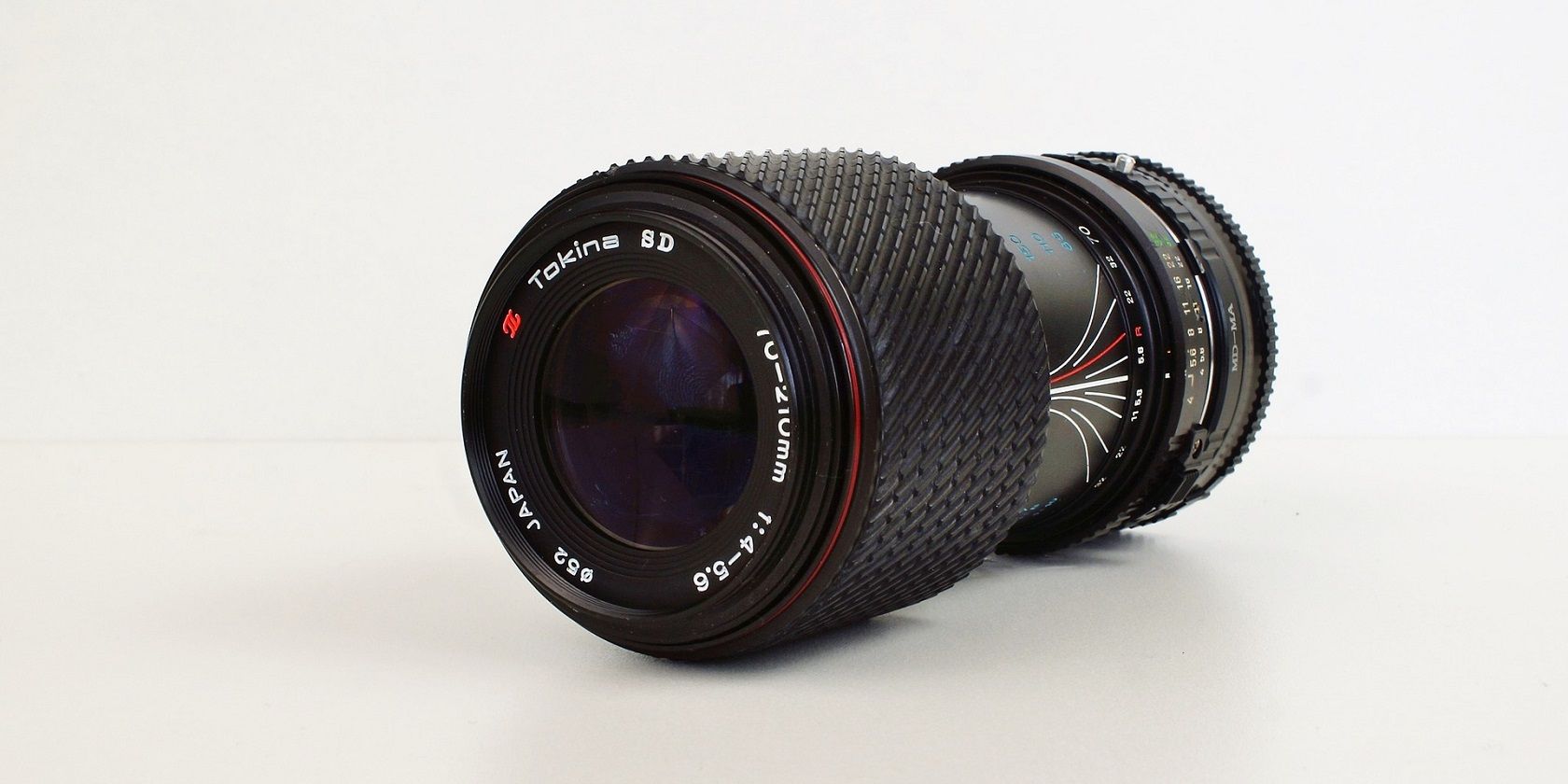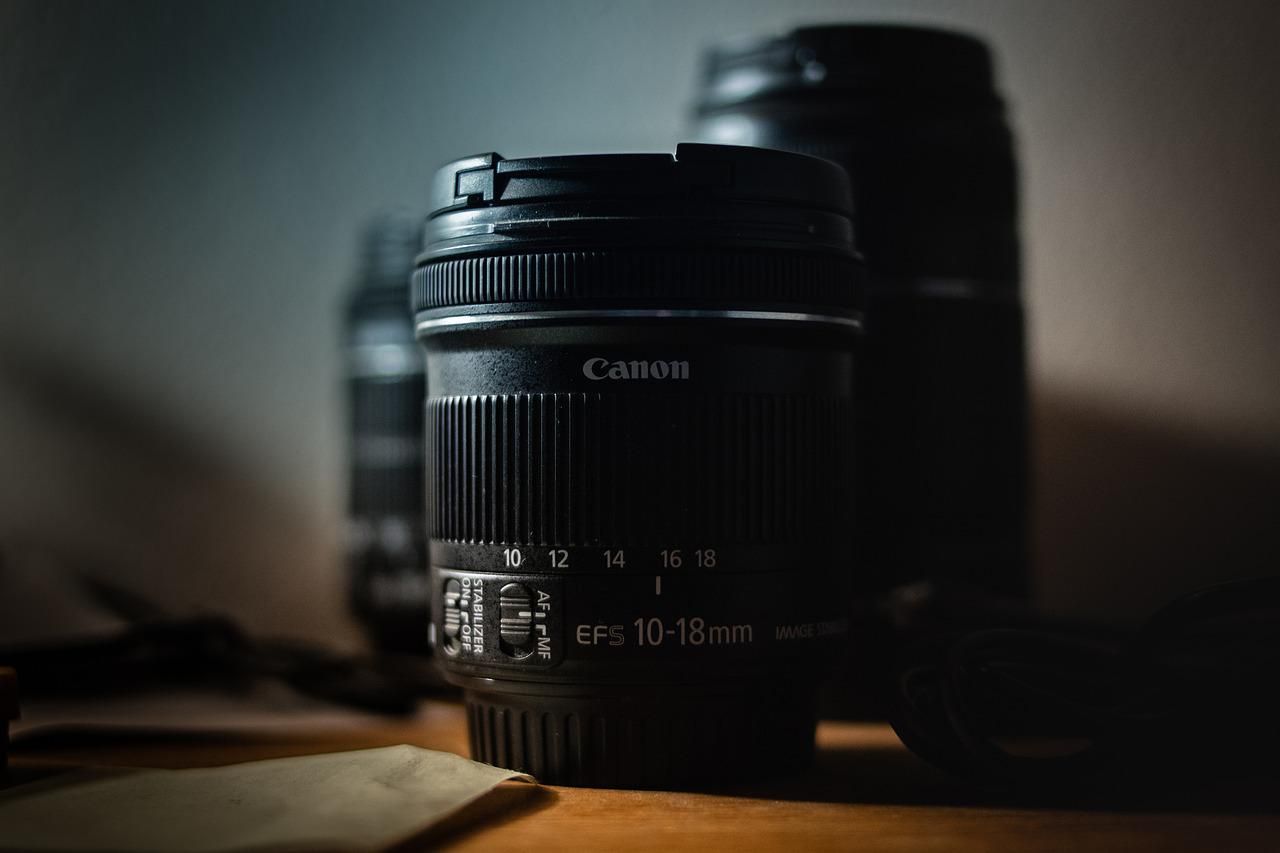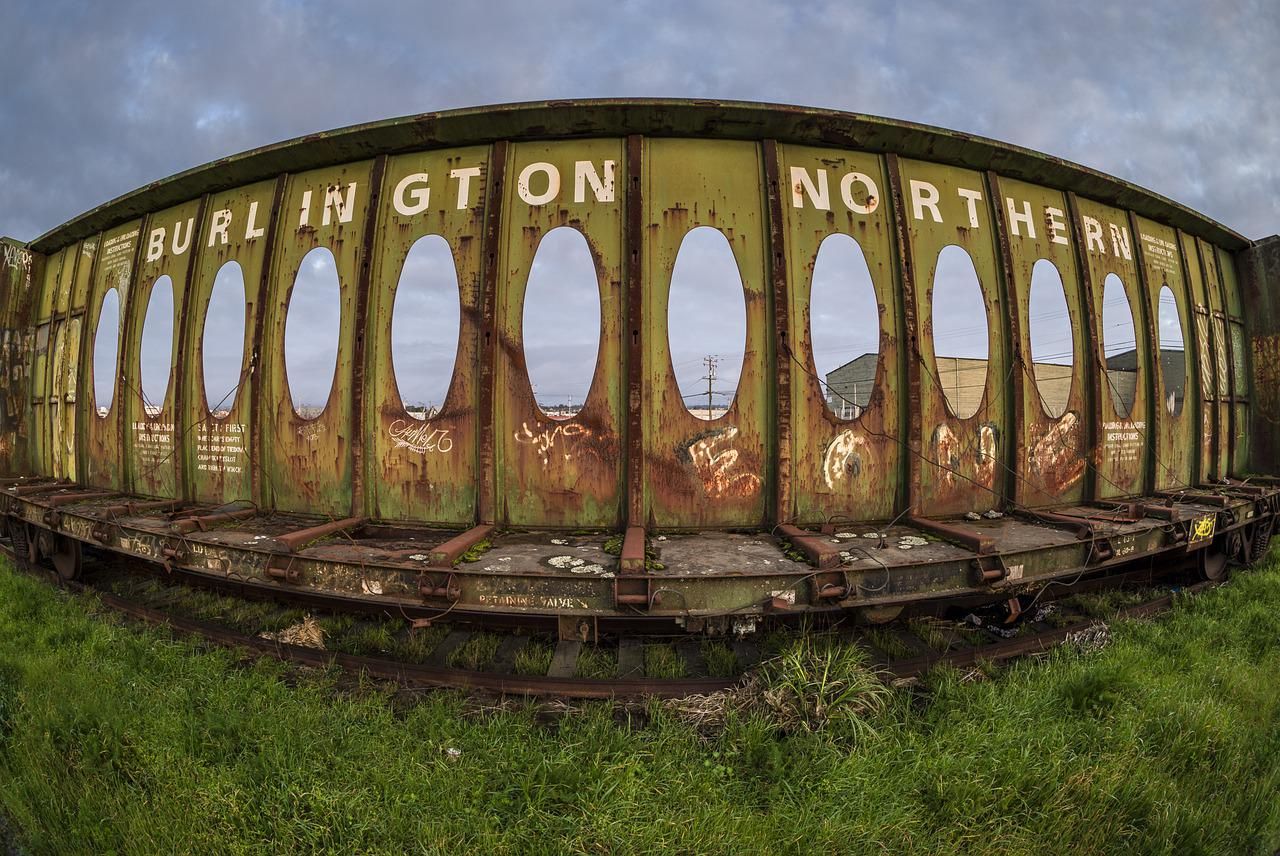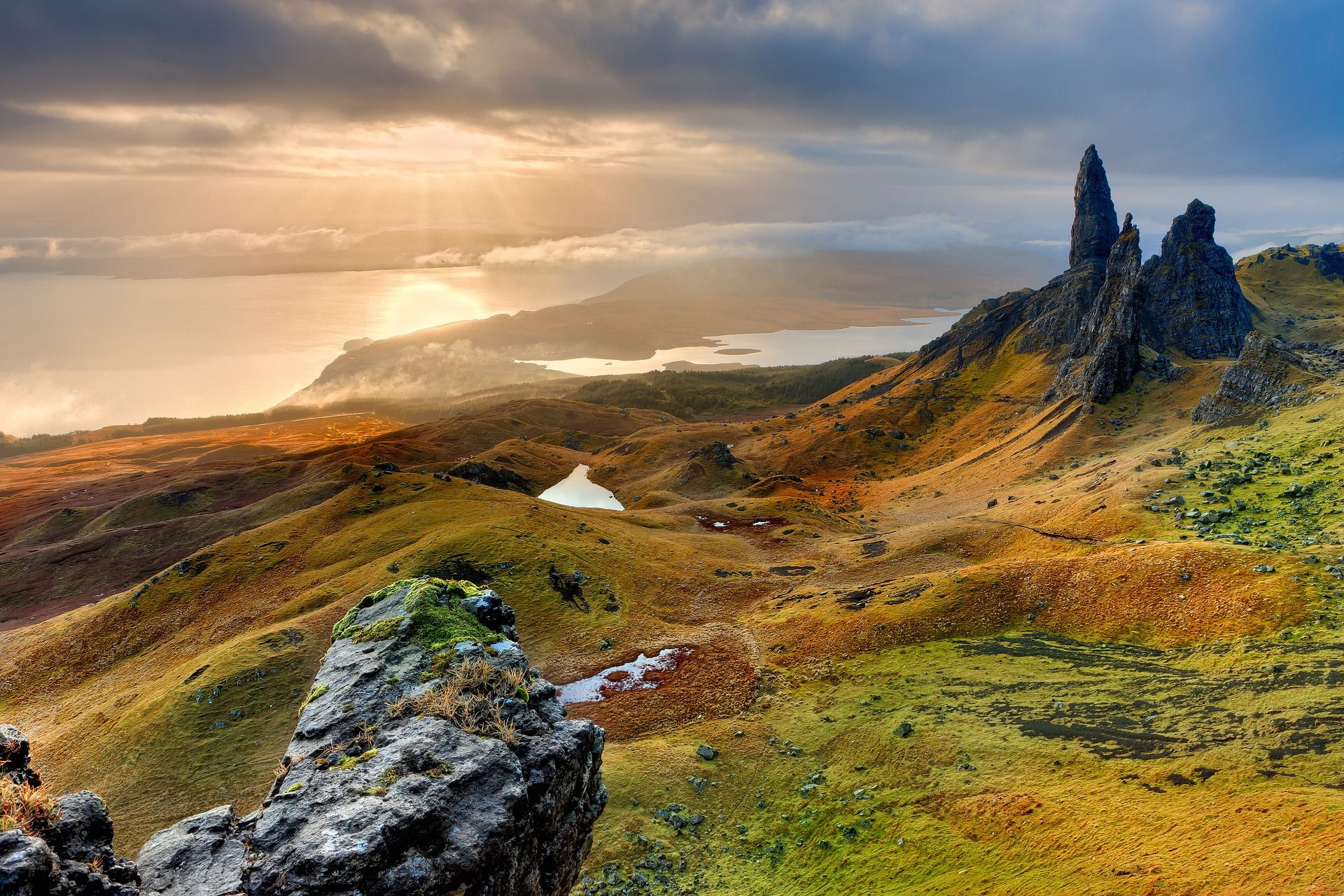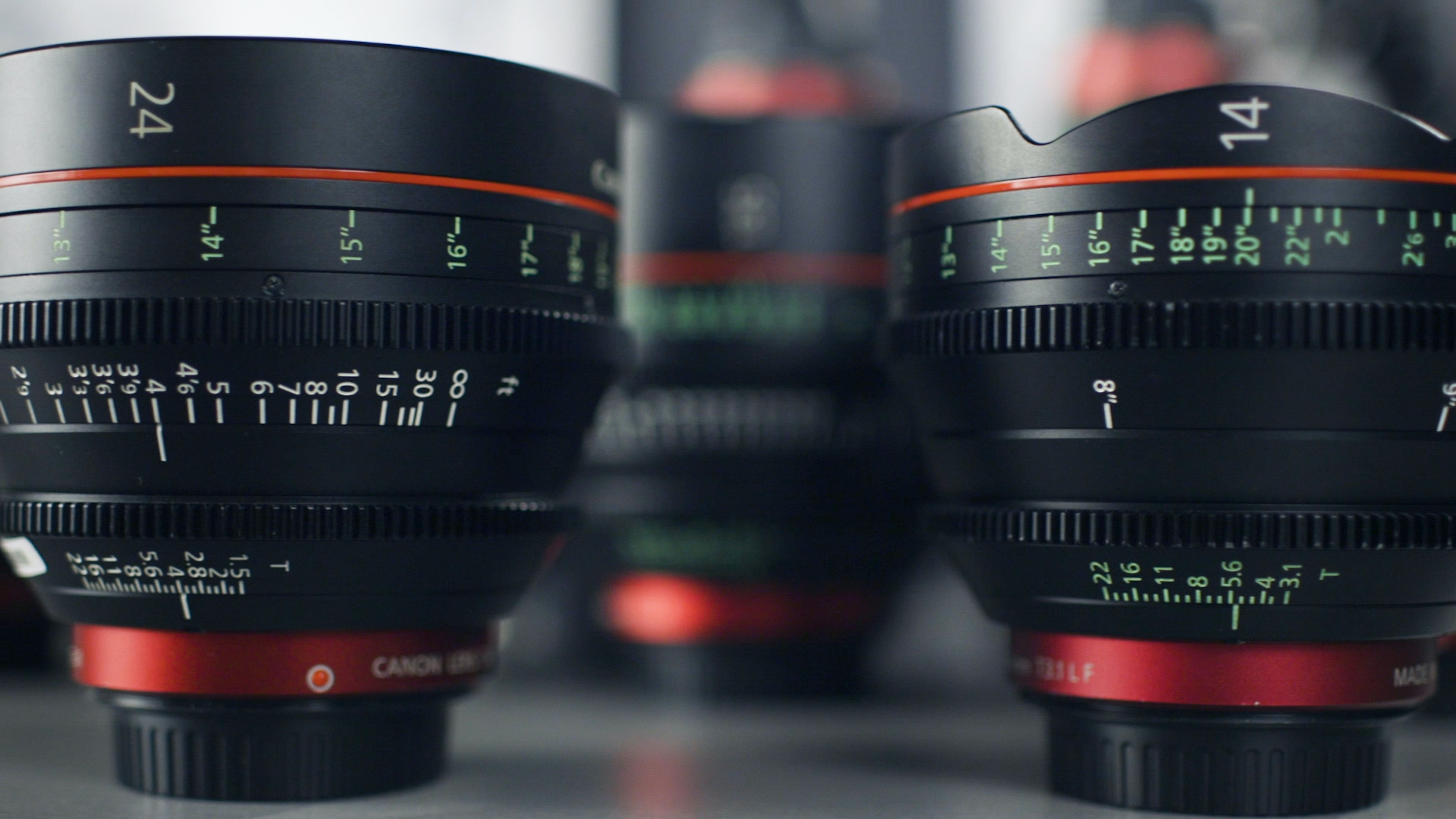A wide-angle lens is some of the most versatile glass you can have in your camera bag. These lenses can shoot everything from landscapes to home interiors, and they lend photographs a distinctive look that screams wide-angle.
What Is a Wide-Angle Lens?
The wide-angle designation is commonly given to lenses at, or below, the 35mm focal length threshold. This convention is for full-frame cameras or 35mm.
If you're using a sensor with a crop factor, you'll need to divide the desired focal length by your camera's crop factor. This calculation will reveal what the equivalent wide-angle focal length is for your camera.
With its shorter focal length, a wide-angle lens is able to encompass a greater field of view than other lenses, like telephotos. Wide-angle lenses also come in a variety of focal lengths, and even the famous fish-eye lens is part of the wide-angle family.
Some wide-angle lenses are designated as ultra-wide, and these are the lenses that fall below the 24mm mark. Wide-angle lenses can be had as prime lenses with a fixed focal length, or as zoom lenses that span different focal lengths.
Wide-angle zooms are among the most versatile lenses you can have in your camera bag and are great for street photography. The most important thing to know about wide-angle lenses is that they allow you to fit more of the scene into the frame.
But, there are always compromises to be made. Barrel distortion and vignetting are some of the adverse effects that may pop up when using a wide-angle lens, but even these elements might ultimately be considered desirable artistic effects.
What Types of Wide Angle Lenses Exist?
Wide-angle lenses are classified depending on their focal length. Lenses with a focal length of 35mm or lower usually are considered wide-angled, but there are different classifications to take into consideration.
The regular wide-angle lens will sit somewhere between the focal lengths of 35mm and 24mm. These lenses are obviously wide, but distortion won't be unbearably crazy here.
Going wider takes you down to the 24mm to 16mm zone. Lenses in these focal lengths, especially the 16mm, are great for capturing dramatic landscape shots.
Anything below 16mm has entered the realm of ultra-wide angle lenses, and the images these lenses capture basically scream wide-angle. Fisheyes are a type of ultra-wide lens with an insane field of view that curves everything in the photo in a very peculiar way.
If you're in the market for a wide-angle lens, you can choose to go for a prime lens or a zoom lens. An excellent wide-angle zoom lens will typically cost more than a wide-angle prime, which is an important factor to consider.
When Should You Use a Wide-Angle Lens?
Wide-angle lens use cases don't have to be packaged into a neat little box. At the end of the day, it's a tool, and whichever way you use it is great. But, typically wide-angle lenses are prominent in certain types of photography.
If you're taking a trip, a wide-angle lens (especially a wide zoom) is a great choice for travel photography. The versatility is difficult to compare to anything else, and the fact that you can alternate between street photography and breathtaking landscape shots with one lens is difficult to beat.
In fact, some of the best lenses for street photography are wide-angle zooms, or even primes. These lenses can pretty much do everything, especially when you don't have space in your camera bag for a wide array of glass.
Landscape shots in particular are an excellent way to give your wide-angle lens a good workout, especially if you want to capture as much of the beautiful scenery as possible.
Wide-angle lenses are great for automotive photography, and are actually responsible for adding a lot of the drama present in those awesome supercar photos.
Wide-angle lenses can exaggerate the size of objects closer to the lens in relation to the background, and this effect is often desirable in order to emphasize certain areas of interest in a photo.
This is the same reason why a wide-angle lens might not be the most conventional choice for portraiture. Wide-angle lenses can exaggerate a subject's features when they're very close to the lens, which is why telephoto lenses are often used for portraiture.
The real estate industry uses wide-angle lenses to photograph the interior of properties, especially when looking to give the illusion of ample room. Cityscape photos also present great opportunities to take advantage of your wide-angle's ample field of view.
Shots of skyscrapers taken from street level with a wide-angle lens give dramatic results, with the towering buildings appearing even more imposing.
There isn't really a limit to the applications of a wide-angle lens, but it's definitely an amazing option for anything involving travel, landscapes, and street photography.
How Much Does a Wide-Angle Lens Cost?
This all depends on how much you're willing to pay for a lens. Ultra-high-quality lenses can easily climb into the thousands of dollars, especially if it's a premium wide-angle zoom.
For example, Canon's online shop has its ultra-wide EF 11-24mm f/4L lens listed for sale at $2,999. This is a very high-quality lens, and Canon's L Series is renowned for delivering great image quality.
But, if you want to enjoy the benefits of a wide-angle lens, it's not necessary to break the bank on such a high-end lens. If you want an awesome standard wide-angle lens that's perfect for street photography, and also has a great maximum aperture, the Canon EF 35mm f/2 IS USM is a great choice for full-frame cameras.
This lens is listed for $599 on Canon's store. If you're looking for a wide-angle zoom that will work well with a crop factor camera, the Sigma 18-35mm f/1.8 DC HSM is an awesome lens that's great for any situation, even low light shots, thanks to the wide f/1.8 aperture.
The Sigma will set you back around $699. Ultimately, the price of a wide-angle lens comes down to various factors, including what type of camera you own, and how much you're willing to pay for quality. The great thing is that getting a high-quality wide-angle lens is totally possible without having to shell out absurd amounts of money.
Wide-Angles Are Among the Most Versatile Lenses You Can Purchase
If you're on a budget, and you need a lens that can do everything relatively well, a wide-angle zoom is one of the most versatile lenses a photographer can own.
These types of lenses can zoom through some of the most commonly used focal lengths, and most of them provide plenty of bang for your buck. If you're limited to one lens for an entire vacation, you can't go wrong with a standard wide-angle around 35mm, or a wide-angle zoom for even more versatility.

